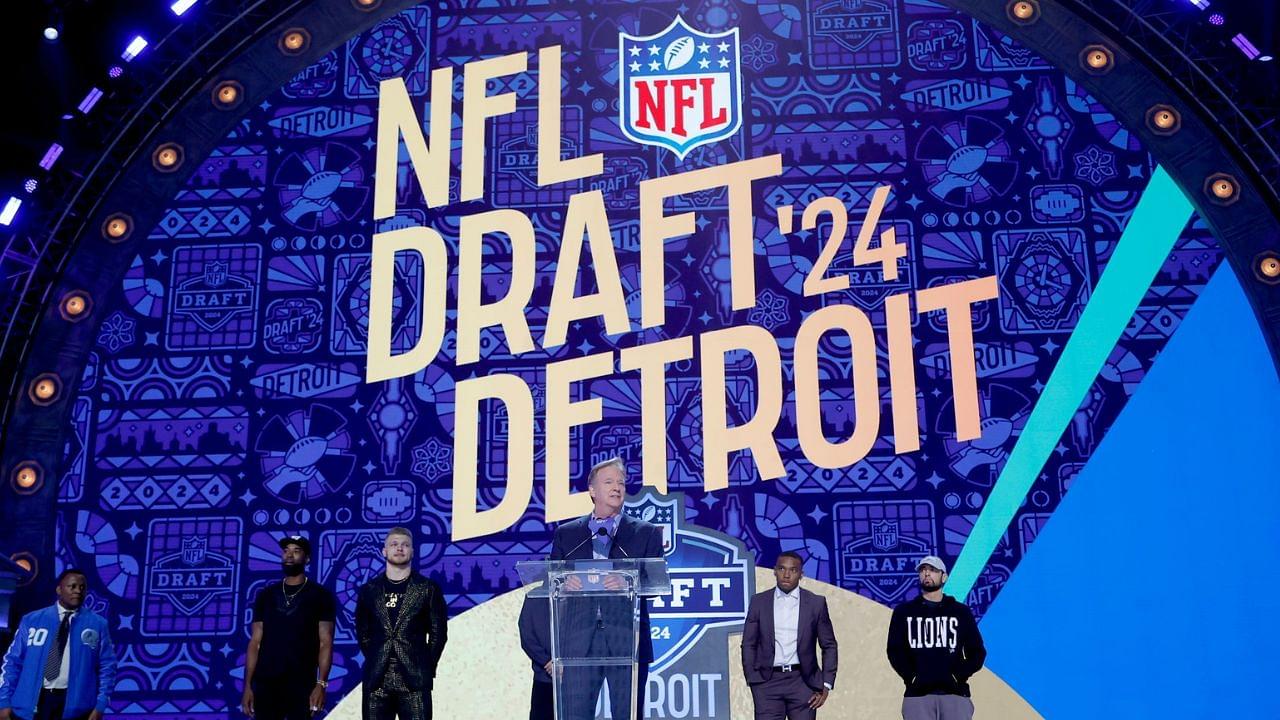The NFL draft has seen a tremendous rise in growth and popularity in recent years. To put things into context, the 2024 NFL draft set a new attendance record with more than a whopping 700,000 fans showing up for the three-day event in Detroit. With such record-breaking numbers, fans have never been more vested in the draft. Hence people are now interested to know more about the juggernaut, especially the criteria behind picking the host city.
Advertisement
Till 2015, the drafts were held in only one city – the city of New York. However, it all changed when Chicago became the host city for the draft in 2016 and 2017. Since then, the NFL draft has seen seven different host cities with Detroit being the latest. But how does the NFL determine the host city for the NFL draft?
It is through bids. Just like how there is structured bidding to host the Super Bowl, the NFL draft follows the same democratic system with various cities submitting bids.
The bids are first reviewed by the league and then picked by 32 owners of the league via vote. The teams are usually picked months in advance for the draft. For example, Detroit knew 25 months before that they were to host the draft. Similarly, 2025 host city Green Bay officials have been informed 17 months before the event that will be held at the Lambeau Field. As per yesterday’s reports, the 2026 edition of the draft will be held in Pittsburgh.
Pittsburgh vai sediar o NFL Draft de 2026.
2024 -> Detroit ✅
2025 -> Green Bay ⏳
2026 -> Pittsburgh ⏳ pic.twitter.com/exvKqkfiV0— NFL Brasil (@NFLBrasil) May 22, 2024
It’s truly remarkable to see how the drafts have exploded in popularity and fanfare when one looks at the origin of the event. Back then, no one could have imagined the scale that the drafts have achieved today.
Origin of The NFL Draft
The NFL Draft of today is a far cry from what it was in its first iteration. The NFL draft arose due to multiple teams wanting to have a level playing field in terms of financial viability. Hence after the proposal for a draft by Eagles owner Bert Bell in 1935, the NFL institutionalised it in the subsequent year. However, compared to today, the scale of the draft was extremely small. The event was held at a smoky conference room in Philadelphia’s Ritz-Carlton Hotel only attended by the team owners.
The first draft saw 90 players being registered in the pool. However, it wasn’t a massive success because only 24 among them went on to play in the league as the rest took up other professions.
But since the humble beginnings in ‘36, the draft grew strength by strength every year with better scouting and pool of players. However, the league took the event to the next level in 1980 when they decided to make the drafts transparent by telecasting it live on ESPN.
Then Commissioner Pete Rozelle was skeptical of this decision as he couldn’t gauge the demand for an event broadcasted like this. But boy was he wrong as the event drew incredible ratings. The ratings then never stopped rising eventually making it more engaging by involving the fans.
The drafts became a full-fledged fan experience by moving to a three-day format in 2010. The TV ratings and attendance numbers have only risen since then, with the recent 700,000+ attendance a testament to the draft’s popularity and growth.



